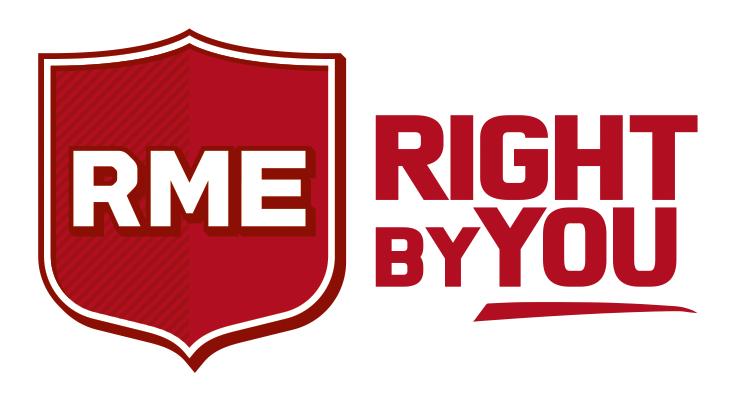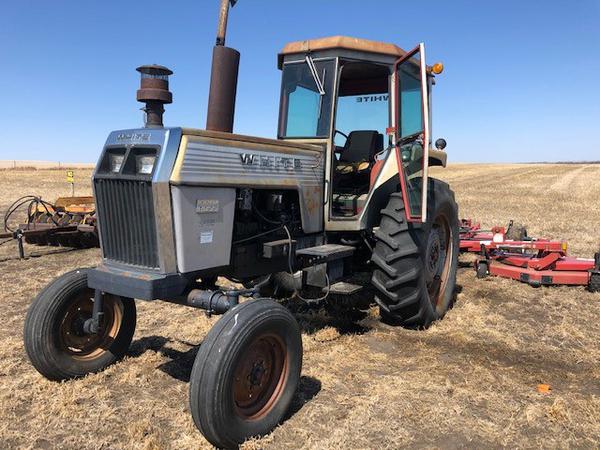Register an account with RME to store your favorite equipment and easily compare between units.
RegisterStoring Farm Equipment for Winter
If winterizing your farm equipment isn’t something you’re already doing, experts strongly suggest you start. Besides considerably bettering the odds that your equipment will be operational come springtime when little wiggle room for delays exists, winterizing farm equipment lengthens its lifespan and benefits its long-term resale value. The following advice from various resources provides guidance, but if nothing else, consider this approach: Fill tanks, Adequately lubricate, Repair damage, Maintain and clean, and Store equipment.
Consult the proper resources. Although many producers have a good idea about their equipment’s maintenance requirements, it’s still good practice to consult with your equipment dealer and operator manuals for specific instructions.
Start with sprayers. For many farmers, a sprayer is among the last equipment used at season’s end and first used when the new one begins. Consider starting equipment-winterizing chores here to ensure the sprayer is ready in the spring for what are increasingly becoming narrower application timeframes.
Get to cleaning. Whether using a power washer, air compressor, vacuum, or other cleaning tools, experts advise thoroughly washing exteriors of all dirt and debris that could attract moisture and cause corrosion-related damage. Additionally, inspect and address leaks, rust, and other signs of damage. Next, clean the interiors of cabs, planters, drills, combines, grain tanks, and other equipment of all grain, food, and other materials that could attract mice and other rodents that damage wires, seats, hoses, and other components.
Check the fluids. Due to condensation possibly entering unfilled tanks, top off all fuel and hydraulic oil tanks and add a fuel stabilizer. In addition to ensuring that your engine coolant is suitable for your region’s specific winter conditions, change the oil and replace fuel and air filters as needed. Experts further advise that you verify that the gas or diesel fuel blends you’re using are appropriate for the winter temperatures you may face.
Make needed repairs. While inspecting equipment, note the components, wiring, structures, and other areas that contain damage and are in need of repair. It’s a good idea to complete these repairs before storing equipment for the winter to ensure that a problem doesn’t worsen over the winter months and lead to operational failure in the spring.
Lubricate where needed. Before storing equipment for the winter, general advice is to lubricate unpainted metal parts, bearings, rods and joints, the PTO shaft, drawbars, and other areas. If uncertain about what’s needed, check the owner’s manual for guidance.
Kick the tires, loosen the belts. In addition to inflating tires to the proper pressure to prevent damage, experts suggest parking equipment on concrete or wood planks or to raise the equipment on blocks if possible to prevent exposure to moisture and the cold ground. Additionally, reduce tension on belts during the winter months to extend their lifespans.
Tend to the batteries. If you anticipate using certain equipment over the winter, keep these machines’ batteries fully charged if possible. For other equipment, the best advice is to disconnect, charge, and store the battery in a dry location, as well as cleaning the connections and lubricating the terminals to ward off corrosion.
Store it away. If possible, store your equipment indoors away from rain, snow, sleet, winds, and other weather elements that can introduce rust, cracking, and other damage. If forced to store equipment outside, use a protective cover, such as a heavy-duty, water-resistant tarp. At minimum, protect any exposed electronic systems from the weather.
Prep winter equipment. Most likely, you’ll continue using some equipment, possibly including tractors, feed wagons, and skid loaders during the winter. In addition to checking such equipment’s belts, hoses, batteries, hydraulics, fluids, and other areas for needed repair or replacement, consider stocking parts now that you may need during winter months. Additionally, inspect and ensure that other equipment you’ll need, such as snowblowers, blades, generators, heaters, and more, are working properly.
If you need any help or assistance, contact your nearest branch for more information or offers we currently have in regards to Winterization and more.
Share This Article:





